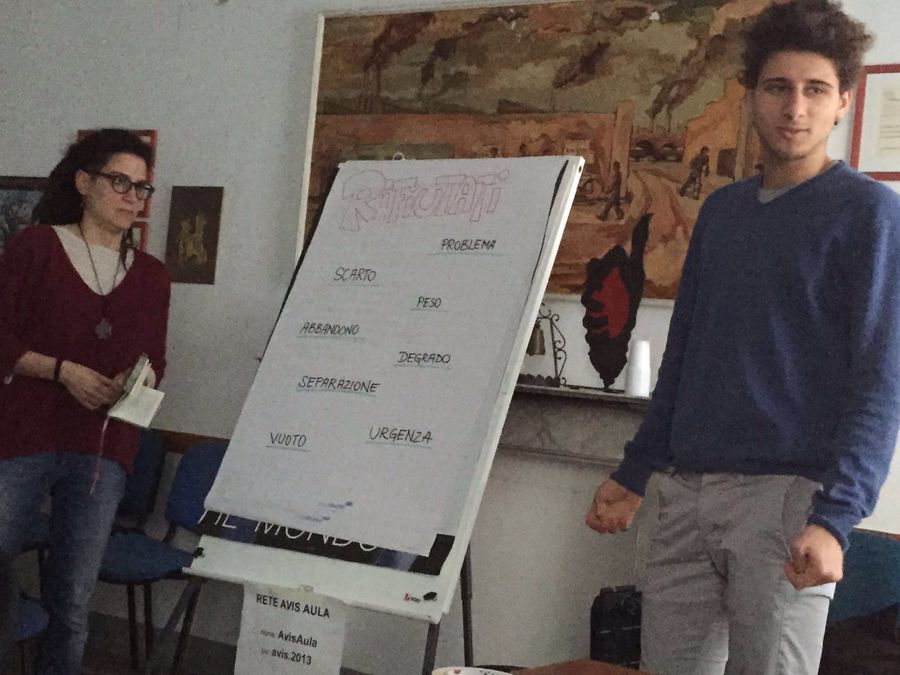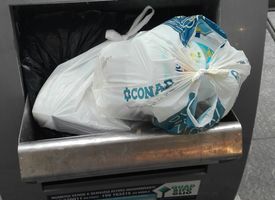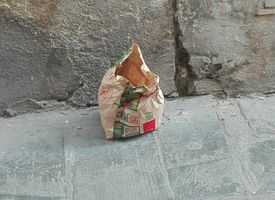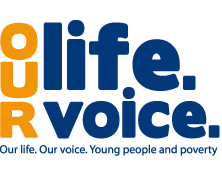13.07.2016

How do we define poverty? How does it look like? What do we know about it? How would we describe and represent it?
We we worked in one of the unknown quarters of the city centre, one of those that are not visited by the crowds of tourists that daily take photographs of the beauties of the elegant buildings of centuries ago. “Oltrarno” quarter is known for its peculiar belonging to a part of the city which is considered poor.
What is the image of poverty? How does it look like? Is it far or close to us?
Those were the questions that we asked ourselves while selecting pictures that showed “poverty”: poor people on the streets, migrant families moving from one place to another, children begging for money, and so on. Those where pictures taken from the internet. Pictures that we found pretty conventional and stereotyped. That is the reason why, after having discussed abut it, we took a camera and went on the streets of Florence to give our image of what poverty is.
We separated in two groups and started our activity.
One group chose to represent poverty in a sort of metaphorical way: they made a parallel between “poverty” and “rubbish”. After they shared some words about how hard it could be to give such an impression, the group started to take pictures of empty bottles, pieces of paper, rubbish bins, plastic bags left next to the full rubbish bins, rubbish bags left in front of the doors waiting to be removed, and so on. The hardest part was to explain the metaphor to the others trying to clarify that it was not a judgement on poverty, but only a way to describe it, in order to give an incitement to reflect and discuss the problem. In fact poor people are described in an unsettling way that is similar to the way we talk about rubbish: people use such words as “rejected”, “refused”, “stinky”, “dirty”, “unwanted”, “useless” or “disturbing”. Moreover, during the explanation of the pictures, we got more in touch with the concept of “marginalization”, which is one of the main effects of poverty on people.
The other group went to the most crowded places in the city and took pictures of the contradictory nature of our society in which there are rich people doing things just for fun, while other people do things because they need to. There are many luxurious shops selling jewels and accessories bought by rich people, while in front of those shops pedlars are selling selfie-sticks or souvenirs to survive the day. This group found out that sometimes it is not true that poor people are segregated in different and separated parts of the city, instead, marginalized people are in front of us every day and we can get a partial, but real image of what poverty is.
After sharing our views of poverty we realized that the topic of visibility in this case was fundamental: a visibility that goes on both ways: to have an image of what poverty is and to give an image what poverty is. Both are important. And both are to be elaborated personally by everyone of us, in order to avoid stereotypes and prejudices.









